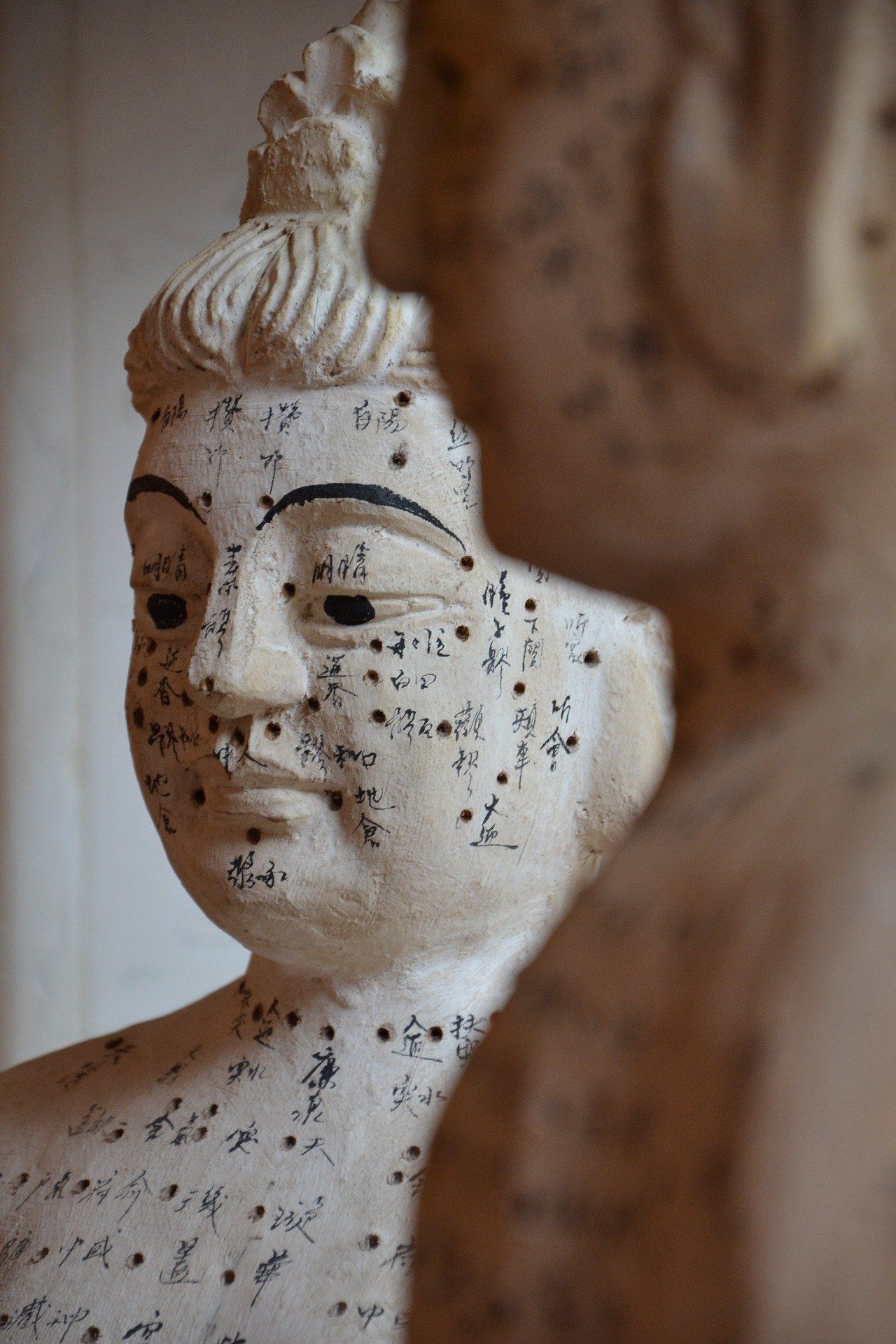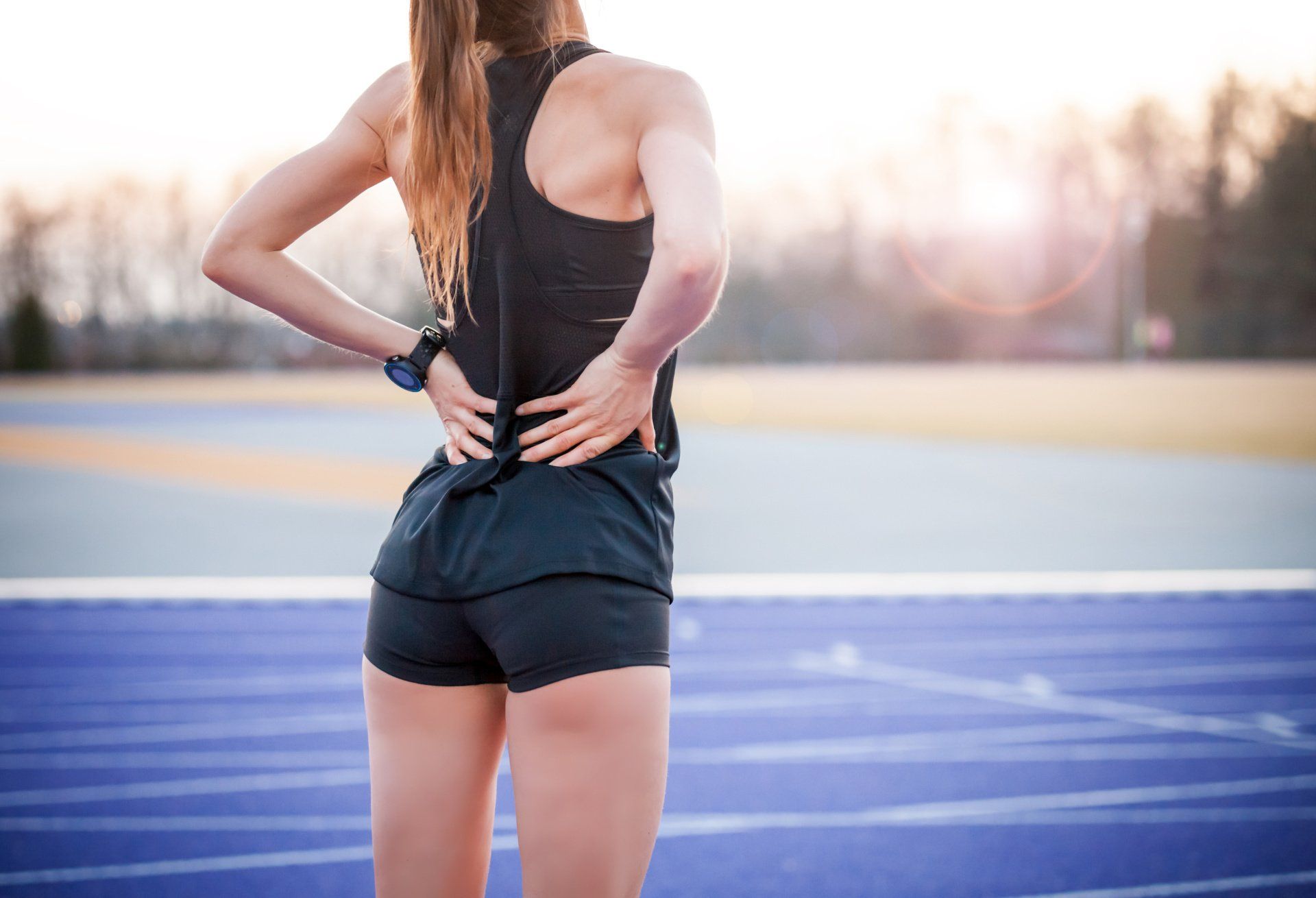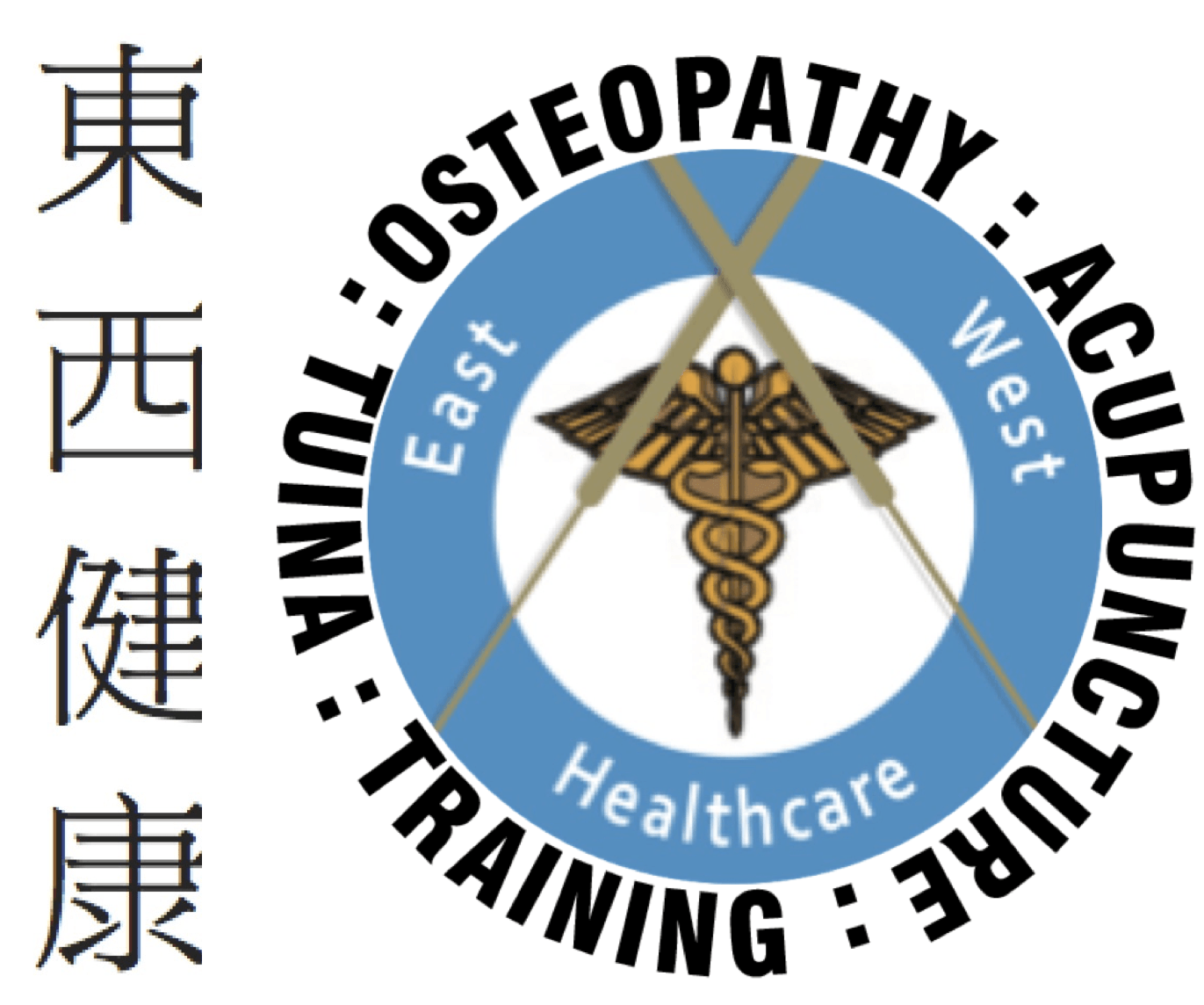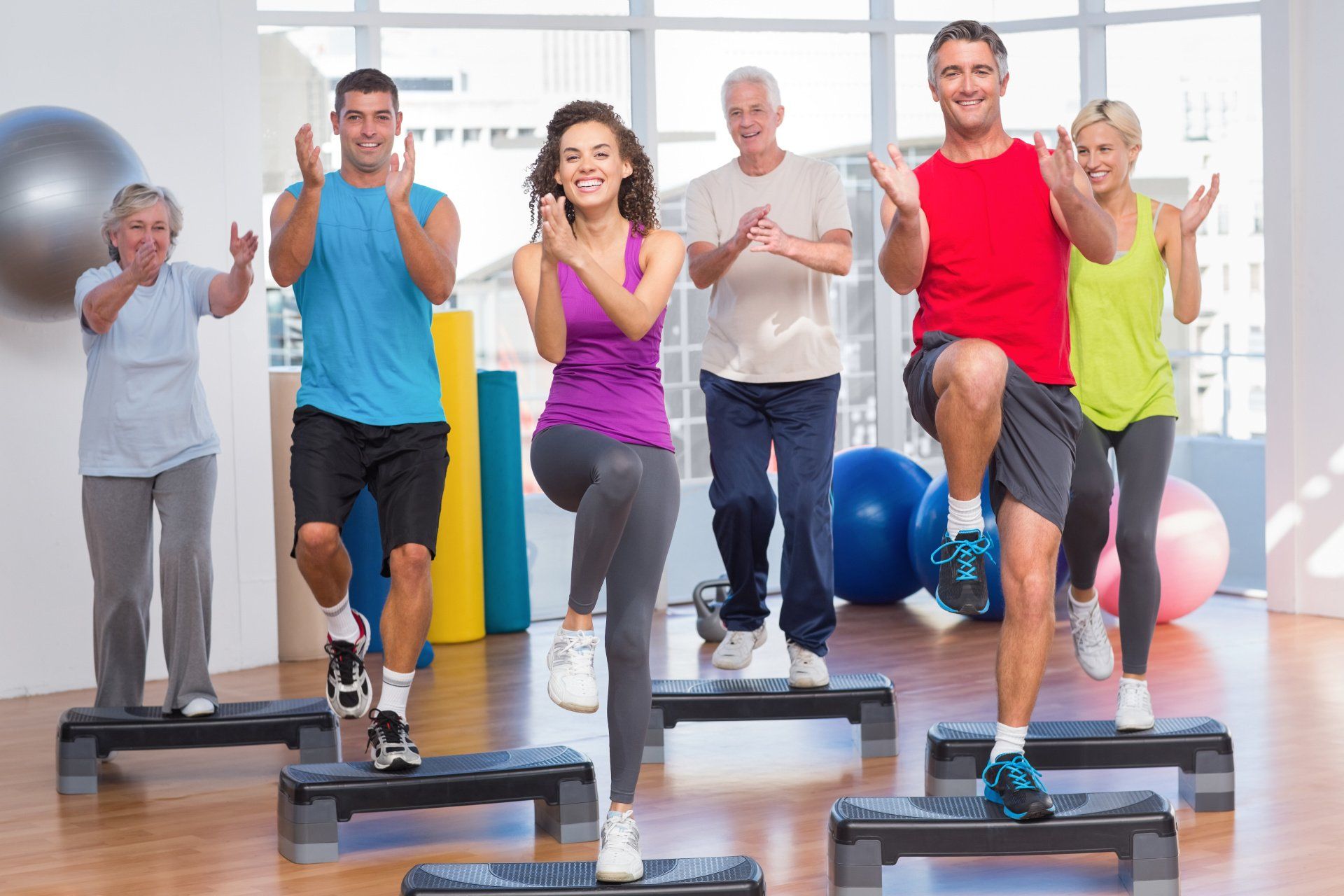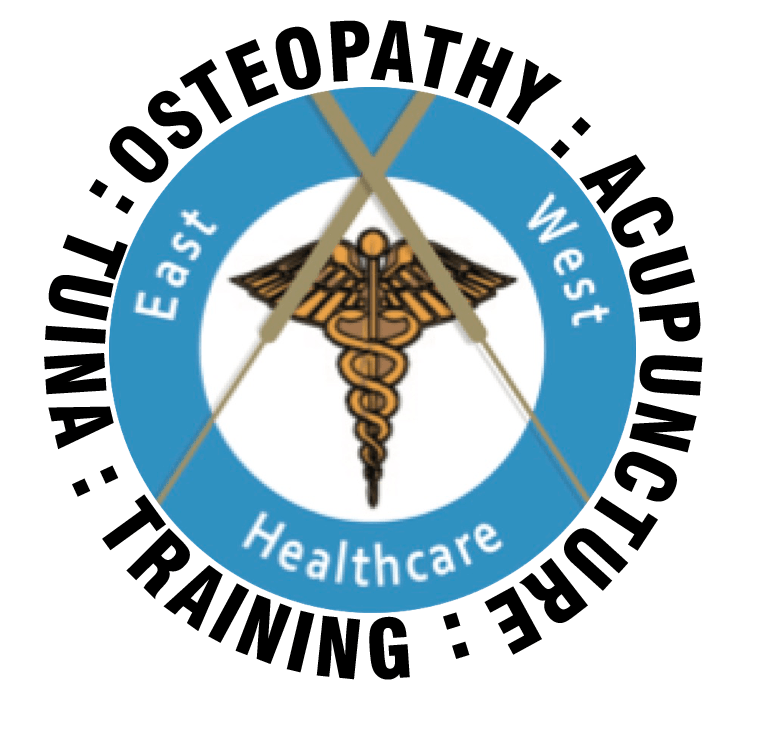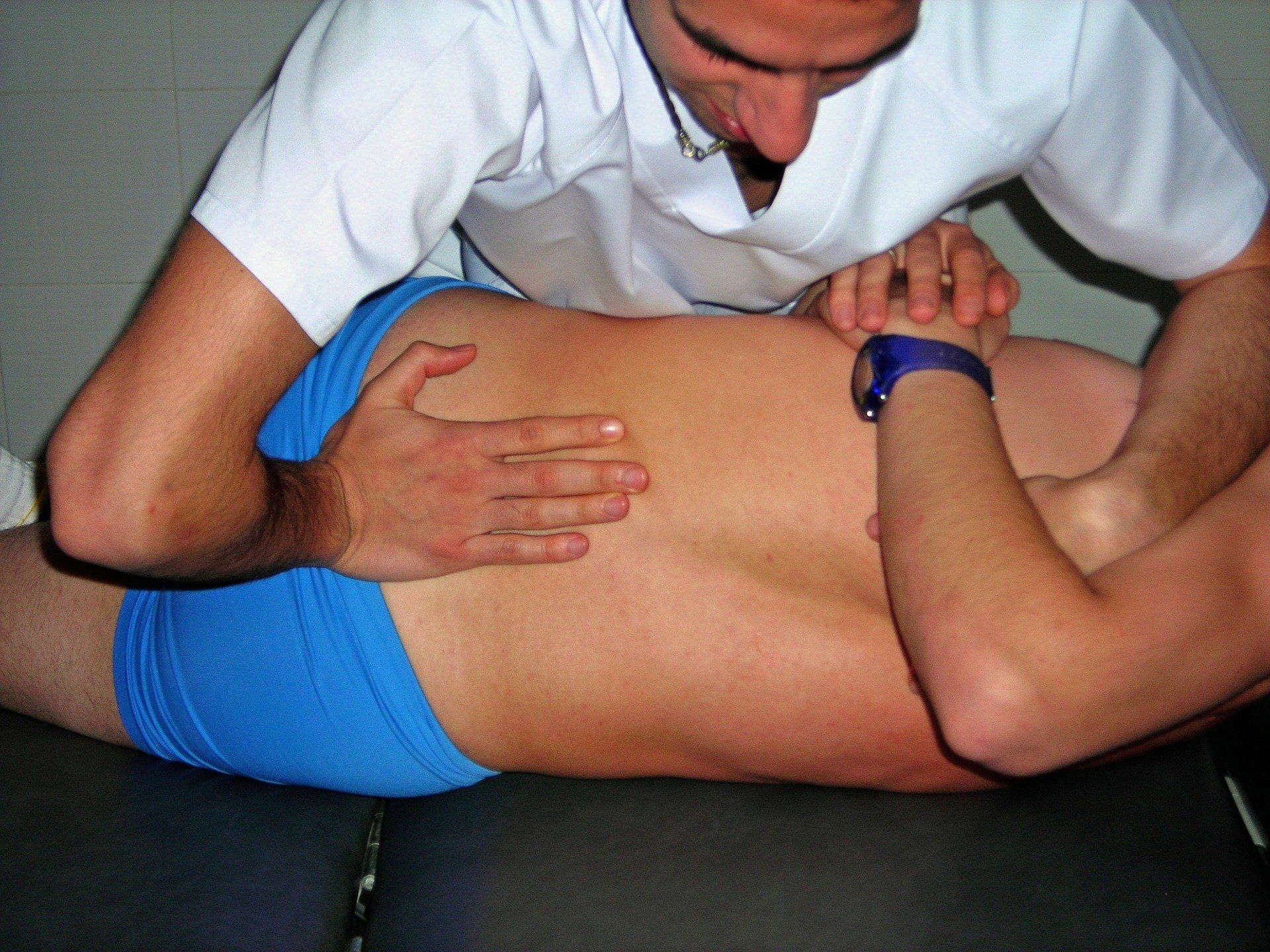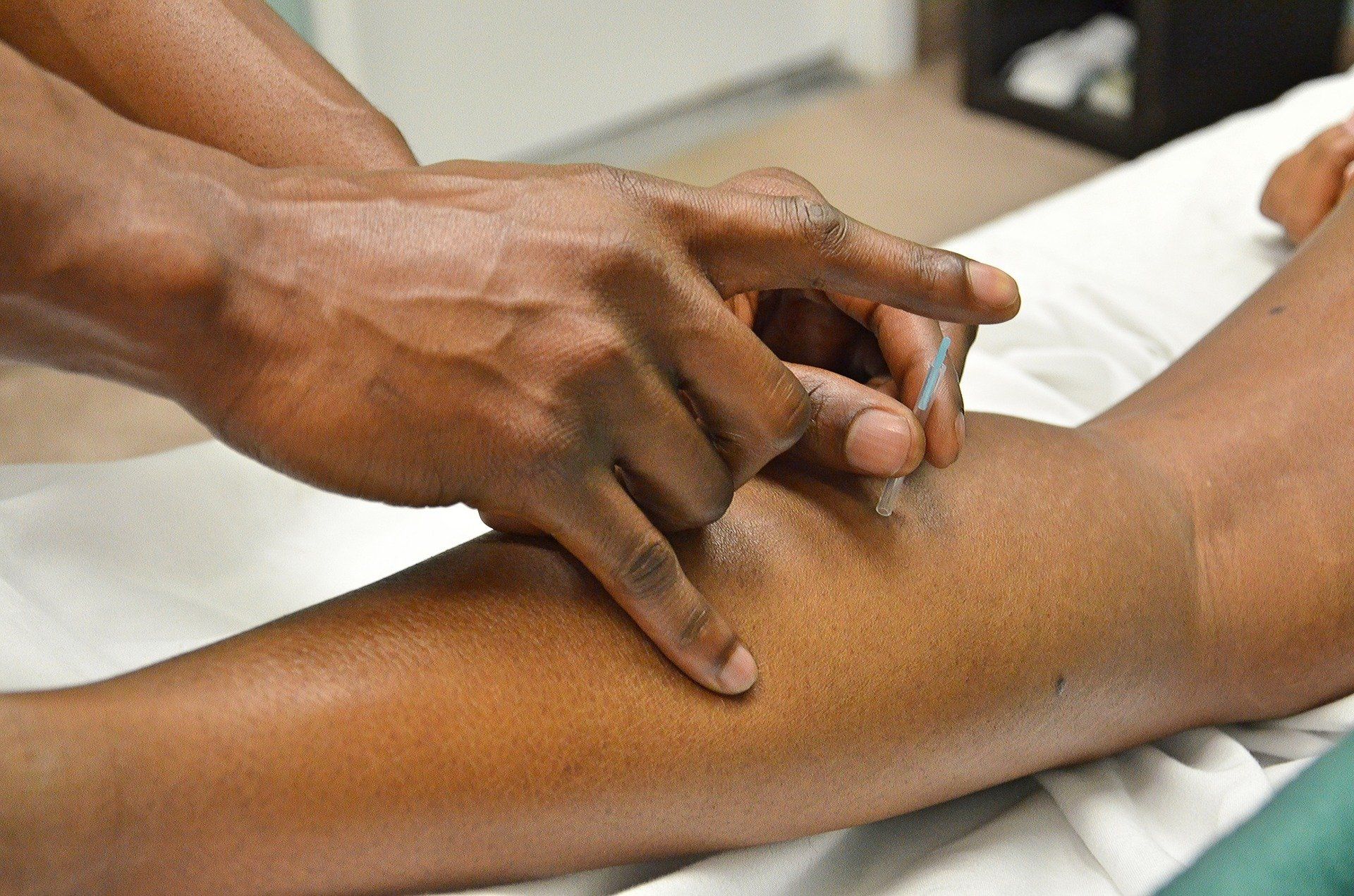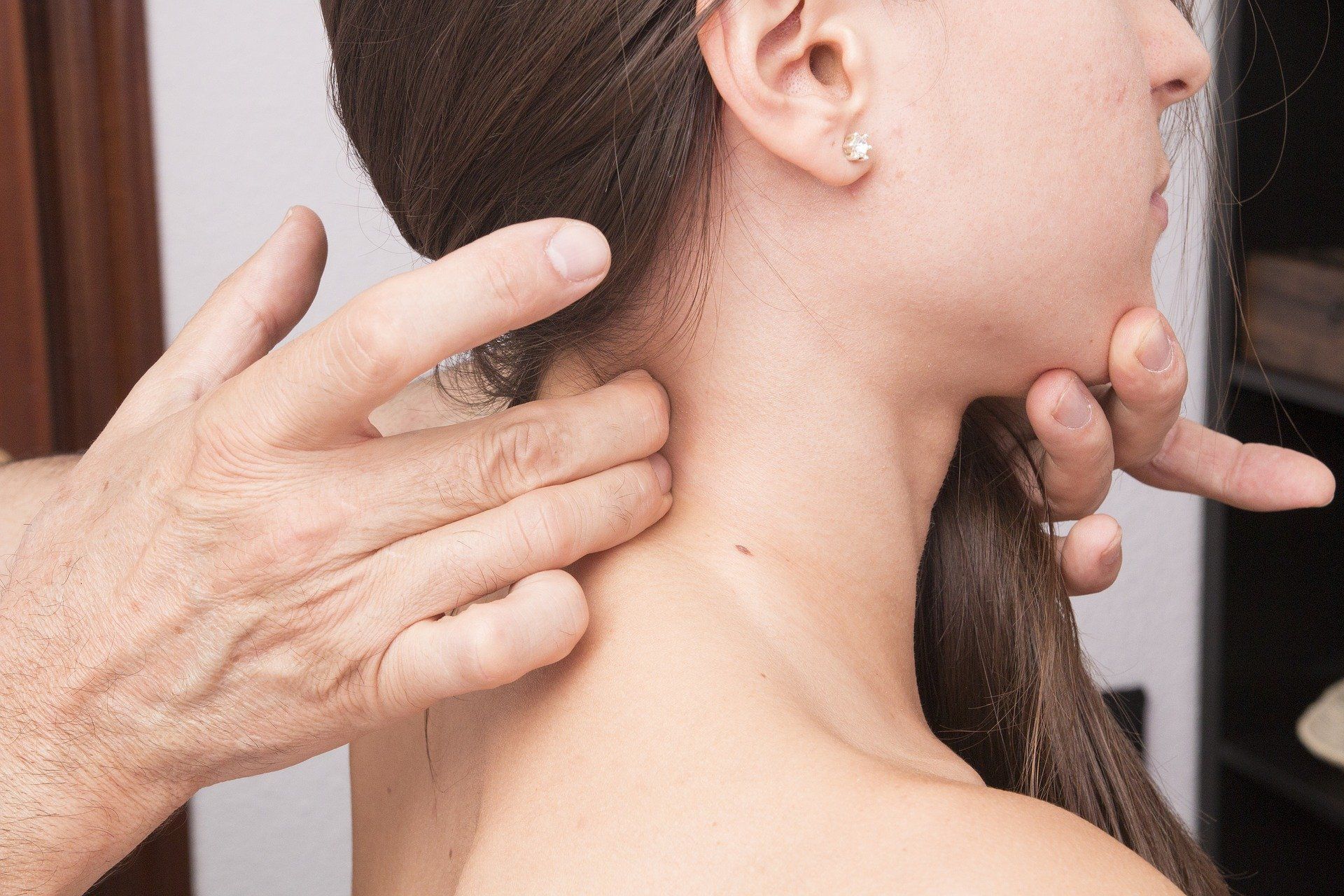Movement in Medicine 02 - why exercise is so important
In the first of this 2-part blog on exercise we discussed the fact that, by itself, exercise is a poor way to lose weight, but in conjunction with other lifestyle changes it can help in weight loss and improved quality of life. In this, the second blog regarding movement I hope to offer some practical tips, and reflect on my own journey and how I have had to adapt my approach to exercise and movement over time.
A personal journey - my early years
From a Traditional Chinese medicine point of view – the main thing is balance; do not try (especially in the early stages) to attempt what a twenty year old can do whilst you are in your forties, fifties or sixties - especially if you have not led a fit and active life and are starting from a sedentary base level. We all know of people who may have started extreme sports in their later years, however from a Yang Sheng (nourishing life) principle – too much exercise can be as bad as insufficient exercise.
In my youth I was very unfit and overweight – being the sole carer for my mother on home dialysis, most of my teenage years was spent at home. So in my early twenties (after my mother was able to receive a kidney transplant) I went to look for a way to improve this.
I started attending a Tai Qi class – however at that time I was unimpressed with the very large classes and only receiving about 1- or 2-minutes instruction from the teacher for the entire session. So a quick magazine search (the days before Google and the internet!!) I saw an advert to “Learn Kendo in small classes – direct transmission”. The small classes interested me, and at 21 I started my almost 40-year relationship with my sensei Mike Finn at Elite Academy.
I must admit the only reason I lasted the first year was that I paid for my fees upfront and I was not going to waste that hard earned cash!!! However, after many months where I would arrive home with bleeding feet and blistered hands, my body morphology started to change and I actually enjoyed the numerous “bunny hops” we did around the dojo and the 500 cuts we did to warm up a Kendo session!! Perseverance and bloody-mindedness definitely helps!!
In my twenties I was spending probably 5-6 hours per day, 5-6 days per week training. My life was literally work train and sleep and I was fortunate enough to be able to spend quite a long time in Japan training with my teacher and his teachers. From a Chinese Medicine point the Yang energy in the body is at its maximum in your late twenties – you heal quicker and are more energised.
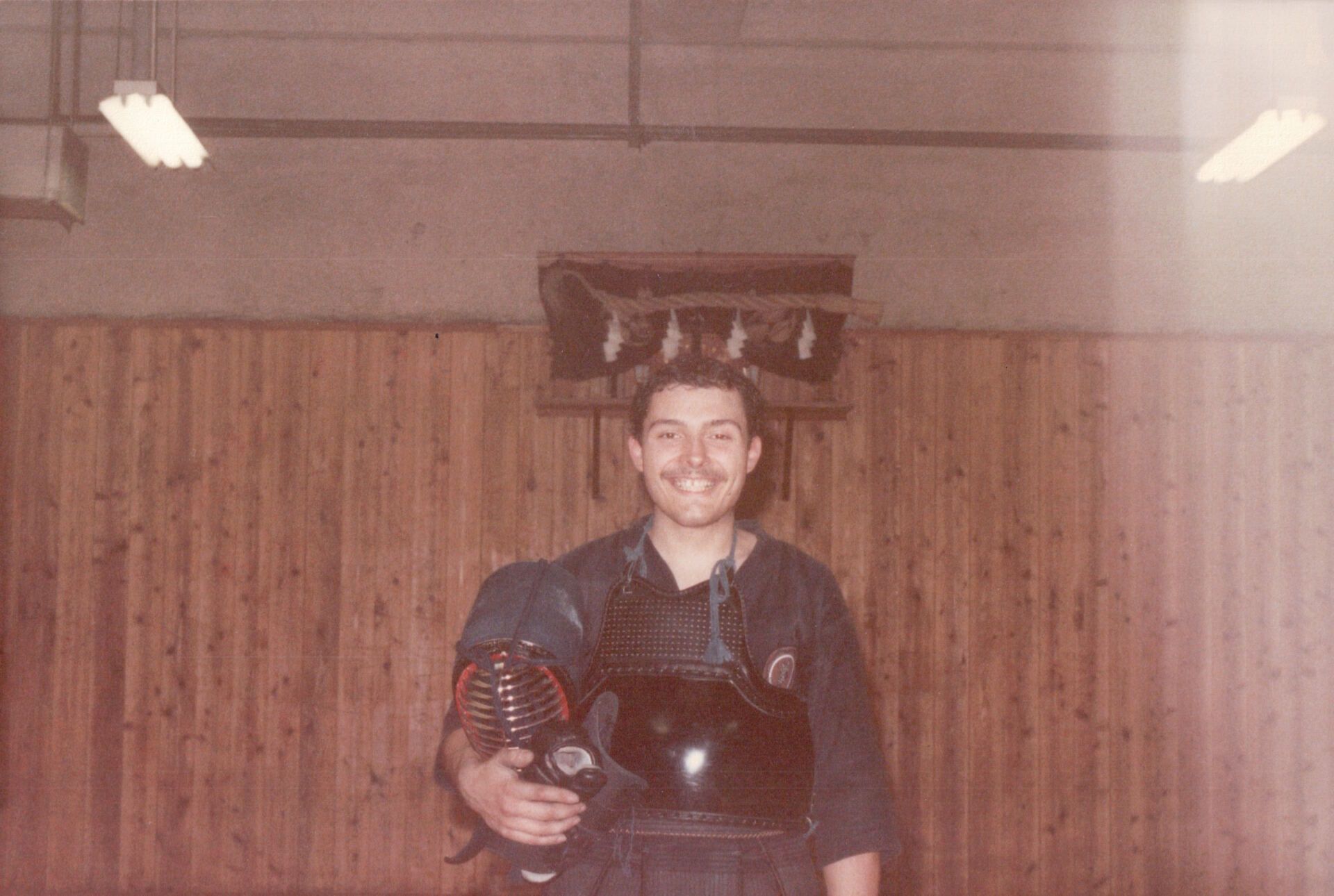
I progressed on to learn other skills, eventually gaining 3rd Dan Black Belt in Kendo, 3rd Dan Muso Shinden Ryu Iaido, 3rd Dan Shindo Muso Ryu Jo, 2nd Dan Tomiki Aikido and 1st Kyu Goshinjustu. However, meeting my wife and best friend of 35 years and wanting to spend more time with her and my children, shift work, studying and starting up a business meant that my early training regime couldn’t be maintained and had to be moderated – however to this day I try to train at home at least a couple of times a week, and when in London I still train with my teacher at his dojo on Fulham.
As Finn Sensei often pointed out to me -, fortunately we don’t life in a time where we have to fight every day to survive – however what martial arts does provide is a vehicle for respect, self-discipline and confidence.
Later life
Through studying acupuncture, I was introduced to Qi Gong and re-introduced to Tai Qi ( I try to do my Qi Gong exercises daily) however in my 40s and 50s with working away from home so often and studying at university I found that it was not easy to maintain a regular exercise regime.
After completing my Osteopathy degree and its emphasis on self-maintenance, now in my 60's I have since made a determined effort to maintain a regular exercise regime. Whilst living up in Malvern I have been able to engage in my other interest – dancing. I believe that dancing has many things common with martial arts – timing, an appreciation of distance (between you and your partner – stepping on their toes is not conducive to a good relationship!!) and focus of mind – together with a good cardiovascular workout – win, win !!!
From my ambulance service career as a paramedic, what struck me was the importance of balance in later years (as discussed below) and fear of falling. I find the blend of martial arts, dancing and Yoga works for me and really does help with this. Work allowing (when I am at home and not around the country) I try to dance 3 evening per week - in Malvern (Wednesdays) and Ledbury (Thursday) evenings you will often see me with Steve at
Coolmoves dance and fitness learning swing jive. In addition I incorporate a 20 minute short Yoga routine together with my Qi Gong exercises almost every morning (usually before the dog-walking) - unless it is one of the days I attend the formal Yoga classes.
On Fridays my wife Judi and I travel up to Pershore with Paul and Tracey from Danceat8 for Latin and Ballroom – it is also great fun being able to engage in an activity with one's partner.
For further information on the benefits of dancing click here for an article by Phil Hardesty on 3 reasons why dancing improves heart health.
On Monday and Wednesdays whilst in Malvern, I also try to go to The Fold at Bransford where I attend Yoga classes with Melissa at Melissa Porter Yoga.. Mondays is the more challenging Vinyassa style and Wednesdays I attend the Yin Slow Flow with Judi– again, it is great fun being able to engage in an activity with one's partner.
Maintaining your exercise programme
It can be challenging to maintain this activity whilst travelling around the country teaching, and maintaining a busy work schedule at home treating patients. However, simple steps I have found that help include:
1. Taking the dogs out once or twice a day (morning and evening) when I am home – this can notch up 5-6,000 steps;
2. Try to instigate a daily routine - they say it takes up to a month for any practice to become a habit. Personally I try to go to bed earlier and get up earlier. This enables me to do my 20 minute Yoga, 20 minute Qi Gong and 20 minute core-strengthening exercises before taking the dogs out for their morning constitutional, and still have time for breakfast before off to the clinic.
2. Simple things like
- a. Walking up the stairs (as opposed to taking the escalator / lift)
- b. Parking my van as far away from the service station in their car park and taking a long walk can help, and;
- c. Getting off the tube a station before the destination and walking that extra section.
3. I have also
- a. invested in a set of kettle bells to engage in muscle strengthening and core exercises at home;
- b. purchased a set of bands that I carry with me to undertake some exercises in my motel room if necessary and have;
- c. membership with Anytime Fitness that allows me to pop into a gym anywhere in the country to do a workout
When I return to London, I always try to pop into the dojo to train and, when traveling elsewhere in the country, I often google a dance class around the country and they are always very welcoming. When I'm down in London, on a Monday evening at Fulham I often try to go to
Swingland for some Lindy and Charleston practice - all around the country there are dance classes with friendly people all too eager to welcome visitors.
It does take planning to maintain, however it is worth it. I look on exercise as an investment in my health and wellbeing – if I don’t make the effort for that investment – who will? I wish to be able to maintain a healthy life into my 70s and 80s and to engage with my children and grand-children (and possibly great-grandchildren) and in order to do that I need to keep moving.
In the ambulance service I found that the elderly often became more sedentary for fear of falling over - this then reduced their balance and confidence which led to more sitting and less movement and being more prone to falls. This spiraling downwards often led to a very great reduction in quality of life and increased fear. I firmly believe you are never too old to start, however the younger you start moving and the more it becomes a part of your daily routine, the better.
So, if you are not yet exercising –
- Find out what interests you and google any local groups / classes that you can join;
- Try to incorporate movement into your daily schedule – no matter how busy you are you can find 10-15 minutes to incorporate some movement in your life, and:
- Keep it fun - if it isn't fun, you won't keep it up.
To paraphrase an old Buddhist saying “every long journey starts with making that first step”.
REFERENCES
Bland, J (2014) The Disease Delusion – conquering the causes of chronic illness for a healthier, longer and happier life, Harper Collins, New York
Deadman, P (2016) Live Well, Live Long – teachings from the Chinese Nourishment of Life Tradition, Journal of Chinese Medicine, Hive
Hardesty, P (2022) 3 reasons why dancing will improve heart health - Ornish living. Found at https://www.ornish.com/zine/3-reasons-why-hitting-the-dance-floor-will-improve-your-heart-health/
Pontzer, H (2019) Evolved to Exercise (The New Science of Healthy Ageing – Original paper published in Scientific American, 320 (1); 20-27 (January 2019), Scientific American, New York
